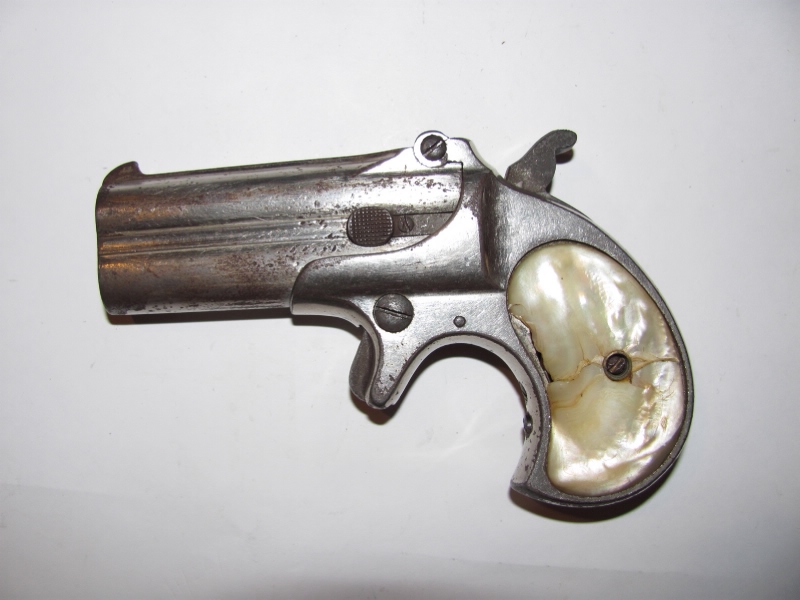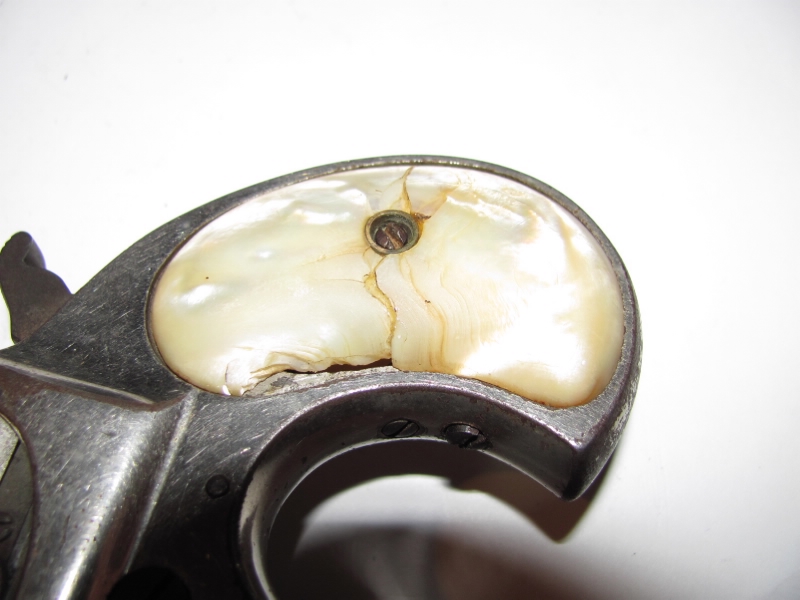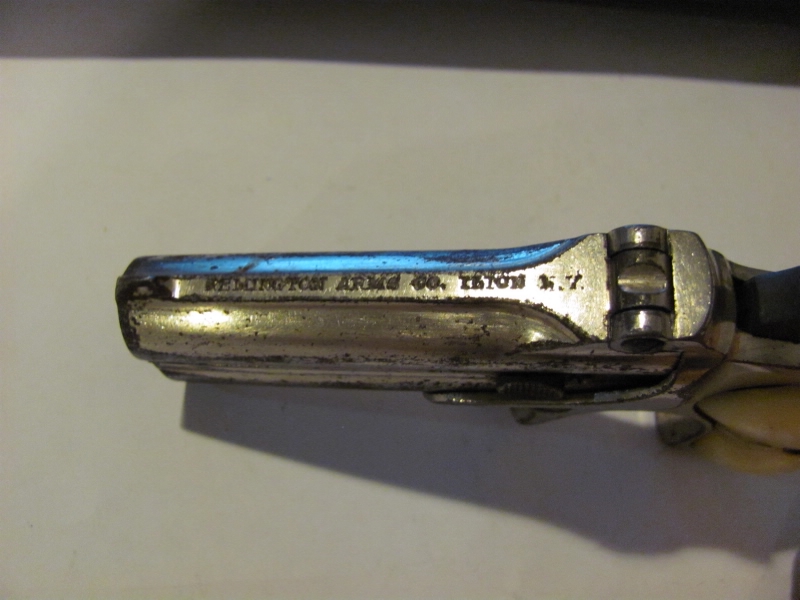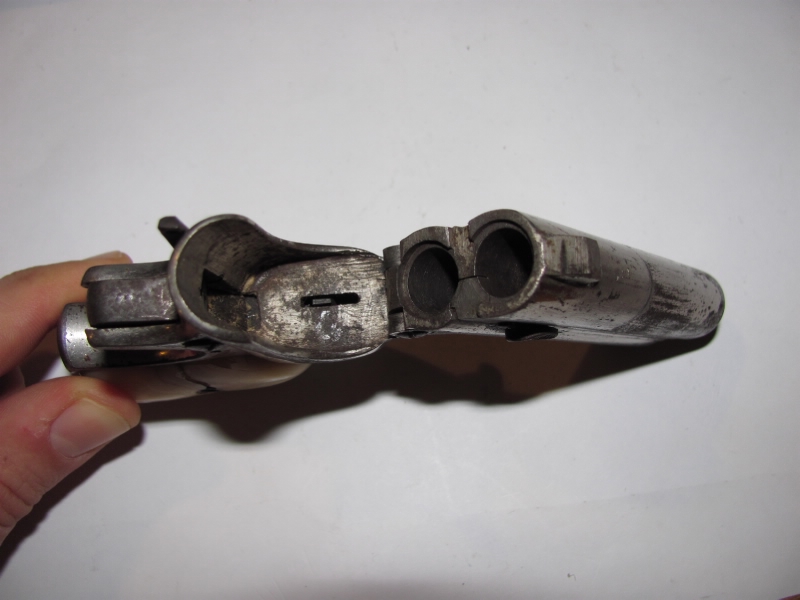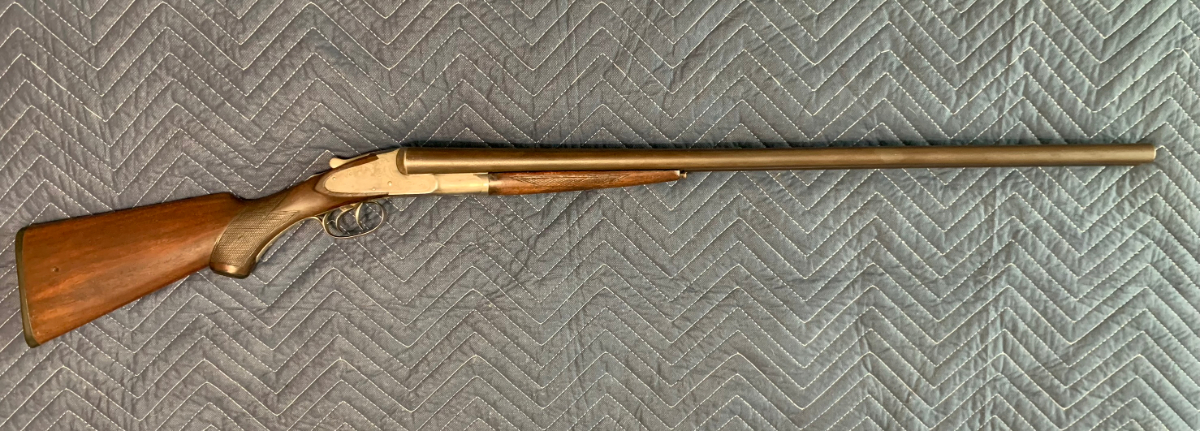
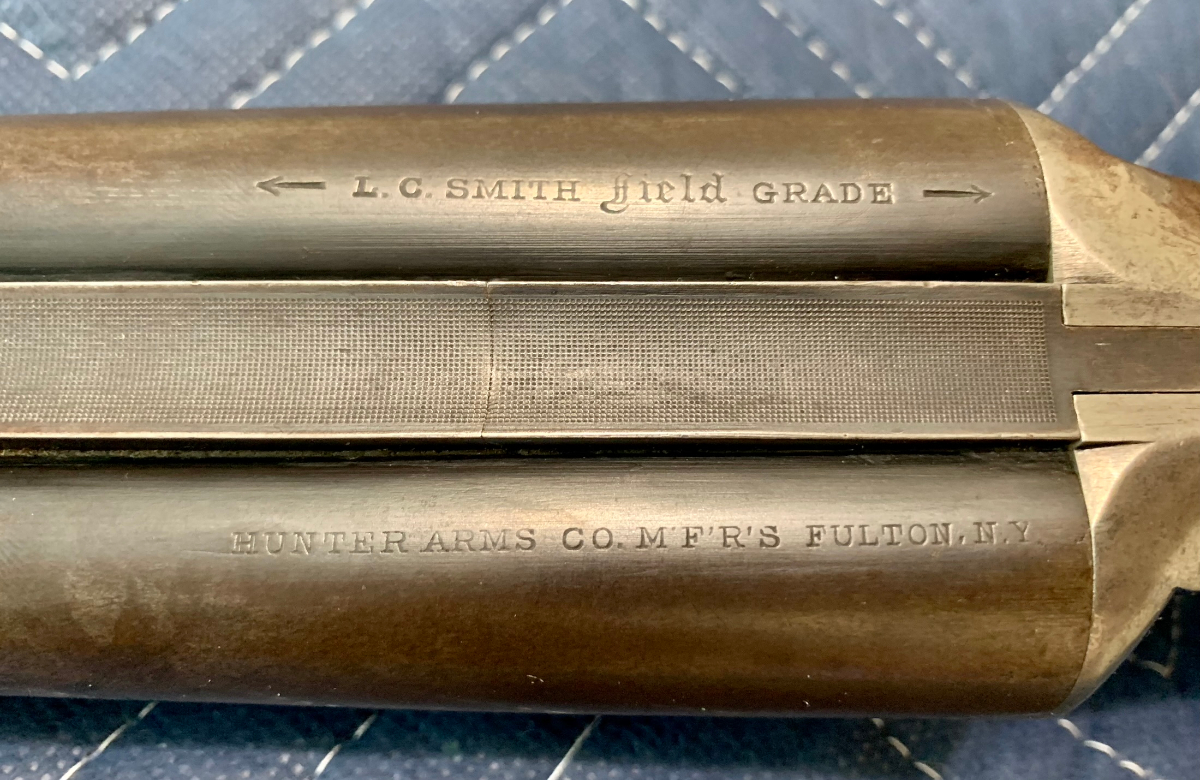

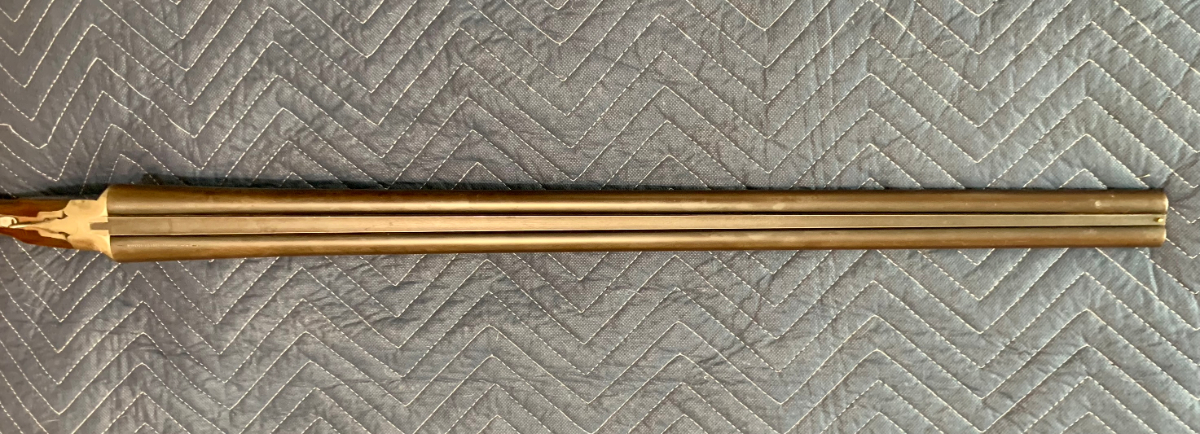
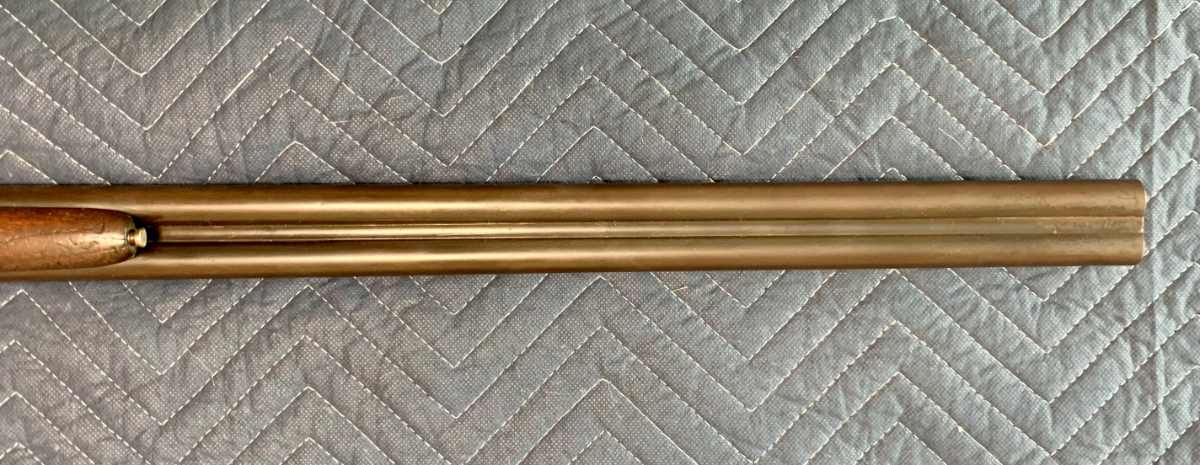
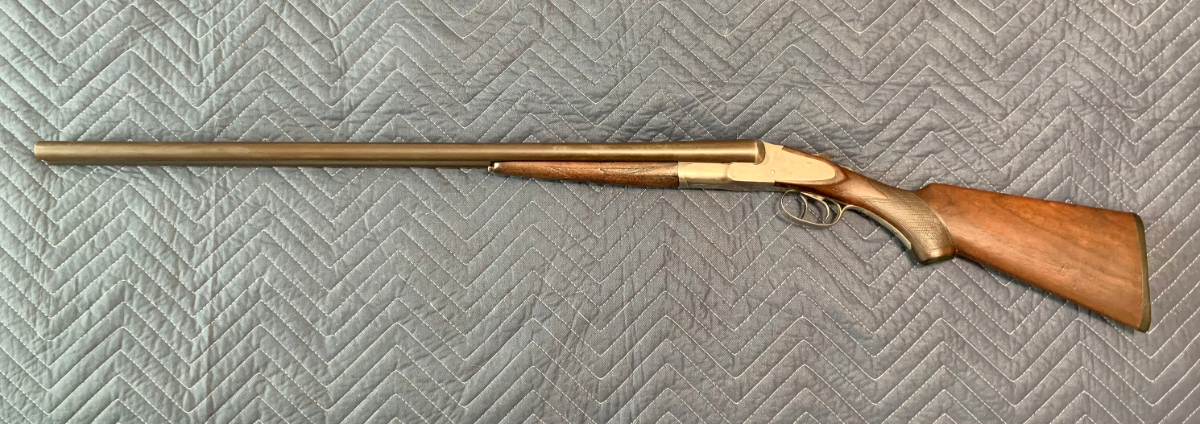
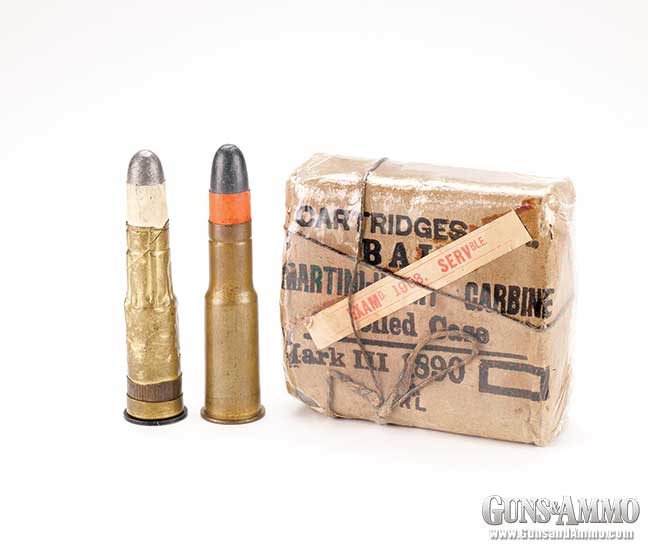

Some 1,450 men of Lord Chelmsford’s command lay dead on the South African plain at Isandhlwana. A force of 20,000 Zulu warriors under their king Cetshwayo had all but destroyed the British force comprising six companies of the 24th Regiment of Foot (2nd Warwickshire), wagon drivers, volunteers, staff and camp followers.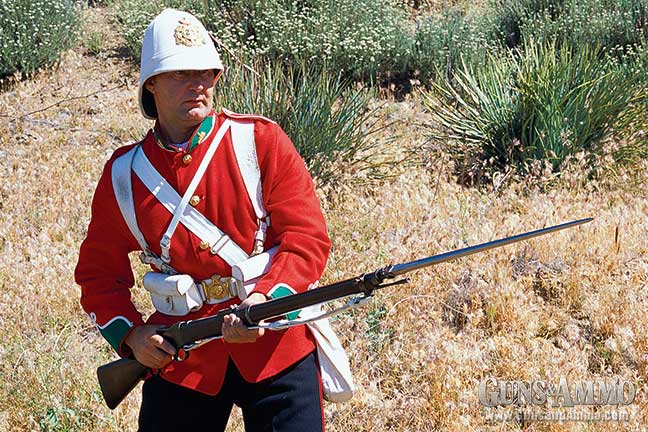
Another force of 4,000 Zulus was on its way to the small mission station-turned-hospital at Rorke’s Drift. Awaiting the onslaught were 84 men of B Company, 2nd Battalion, 24th Regiment of Foot; soldiers of the Natal Native Contingent; 36 hospital patients; and men of the Army Hospital Corps.

Britain’s legendary single-shot Martini-Henry rifle achieved its greatest fame during the hard-fought Zulu Wars of the late 1870s.
On January 22, 1879, while working on the bank of the Drift, Lieutenant John Chard, Royal Engineers, officer commanding at Rorke’s drift, received news of the slaughter at Isandhlwana. He rushed back to the mission to discover Lieutenant Gonville Bromhead, Commander of the men of the 2/24th, had also heard the intelligence and was preparing to move the invalids to safety in heavy ox-carts.
Chard realized that the slow-moving vehicles would never get the men clear of the Zulus, and he ordered that perimeters of biscuit boxes and mealie (maize) bags be set up to act as defensive barricades. Men of the Natal Kaffirs, retreating from Isandhlwana, arrived during these preparations and were pressed into service.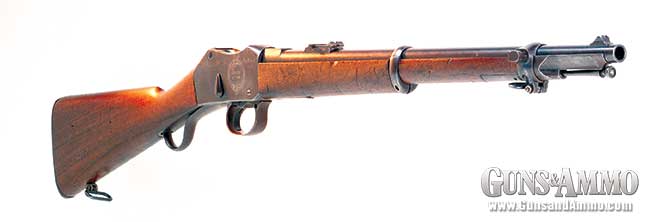
The Martini-Henry was also available in shorter cavalry and artillery (shown) carbines. As these guns were not as heavy as their infantry cousin, special lighter loads were concocted. Their paper patches were color-coded to differentiate them from the standard round.
Several members of the 2/24th were sent into the hospital to guard the patients, and the rest of the forces were positioned to await the Zulu onslaught.
The defense of the mission station at Rorke’s drift has become one of history’s most famous “last stand” type of engagements. But the battle’s notoriety with the public at large was rather late in coming.

With the exception of die-hard military history buffs, it was largely unknown until the release, in 1964, of Cy Endfield’s epic cinematic depiction of the event, “Zulu.” Starring Stanly Baker, Jack Hawkins and a then-unknown Michael Caine, the movie, while wildly inaccurate in places, was still a stirring retelling of the event and for the most part kept pretty much to the spirit of the engagement.
Some 15 years later a prequel, “Zulu Dawn,” featuring Peter O’ Toole, Burt Lancaster and John Mills, about Isandhlwana, also by Endfield, came out, and while more accurate and authentic than its predecessor, it had little of “Zulu’s” élan.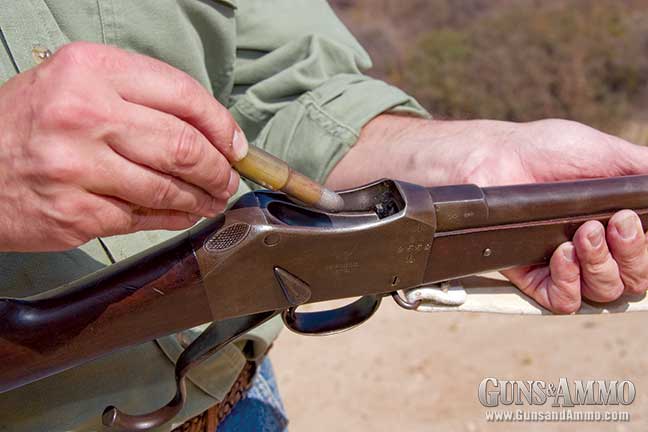
As well as illuminating the actual Battle of Rorke’s Drift, Zulu made a rather obscure military rifle famous — the Martini-Henry. Over the years, prices on Martini-Henry rifles rose steadily and quantities diminished, until recently when International Military Antiques, in association with Atlanta Cutlery, brought a large number of them (along with accessories) out of Nepal — a boon for shooters and collectors.
The .577-450-caliber Martini-Henry was the standard infantry rifle issued to the men of the 24th and other regular troops in the British army. Shorter carbine versions were available for cavalry and artillery.
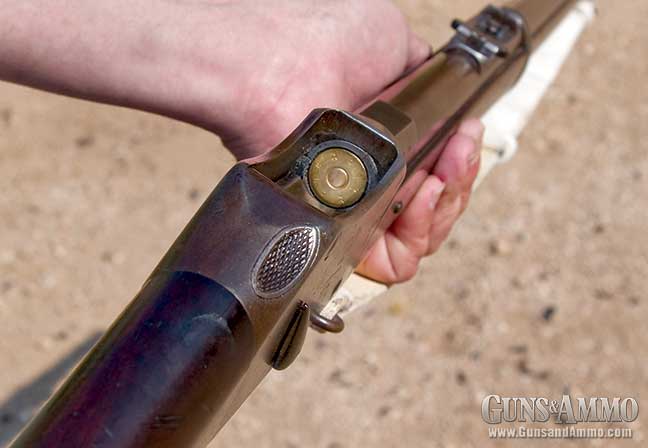
The Martini-Henry started out life as the contrivance of American designer Henry O. Peabody. Peabody’s design was modified by Friederich von Martini in Switzerland and redesignated the “Peabody-Martini.” The British adopted the action, adding a barrel rifled with the system of Scottish gunmaker Alexander Henry and christened the rifle “Martini-Henry.”
To operate the action, a lever located beneath the wrist of the stock was lowered sharply, causing the breechblock to drop and expose the chamber. This movement also operated an ejector, which pulled loose the fired cartridge case. No safety was incorporated into the system, although a cocking indicator on the right side of the receiver showed when the arm was ready to fire.
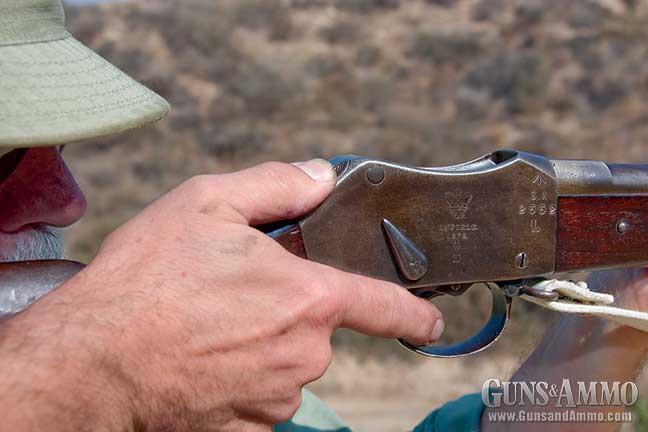
The Martini-Henry rifle was 54 inches long with a barrel length of 33.2 inches. Weight of the Martini-Henry was a hefty nine pounds. The rear sight was graduated to 1,400 yards, although the long-range shooting ability of the Martini-Henry was found to be somewhat lacking.
The cartridge adopted was a necked-down version of the earlier .577 Snider round. (Actually, Snider rifles, carbines and ammunition were still being used by some native and auxiliary troops during the Zulu War.) The .450-caliber paper-patched lead bullet weighed 480 grains and was pushed along at 1,350 fps by 85 grains of black powder.

Of the Boxer variety, the round was made from coiled sheet brass with a japanned iron base. Recoil was substantial, and this, coupled with the Martini-Henry rifle’s rather straight wrist, caused many an inexperienced recruit to give himself a nosebleed when his thumb smacked into his face if he was gripping the stock incorrectly. Ordnance authorities thoughtfully provided a thumbrest on the top of the action to avoid such a happenstance.
Enlisted men were issued a triangular bayonet with a 21½-inch blade. This fastened to the barrel by means of a socket, which slipped over the muzzle and was secured by a ring that was rotated over the front barleycorn sight. Sergeants were required to carry the Pattern 1873 Sword bayonet, which had a 22½-inch wavy yataghan-style blade. Unique bayonets were also available for the artillery carbine, and special cutlass-style blades were issued to the Royal Navy.

Interestingly enough, while Martini-Henry rifles were featured prominently (and correctly) in the movie “Zulu,” the revolvers used were World War I-vintage Mark VI Webleys. As well, some bolt-action Long-Lee-Enfields can also be seen in the rear ranks, as there were not enough Martini-Henry rifles available to arm all the extras.
The Zulus attacked Rorke’s Drift’s meager fortifications at sunset, forcing the British to abandon the outer perimeter and retire to the inner line of biscuit boxes and mealie bags. Throwing themselves with superhuman strength at the defenses, the Zulus eventually breached the small hospital building. Privates Henry Hook and John Williams held off the attackers while chopping through a series of five inner walls to save the wounded.

The thatch roof of the hospital was set on fire by the Zulus — a tactical error because it allowed the British to see the attackers in the glare. Eleven invalids were lifted free of the burning building through a small window, but two of the men were speared as they made a dash for the inner perimeter.
The Zulus made repeated attacks during the night. The men loaded and fired their Martini-Henry rifles as fast as they could, causing the thin forestocks to become so hot that they had to be wrapped with rags to keep the men from burning their hands. (Experienced British troops in South Africa actually made bullock-hide covers for their guns’ forends to prevent this.)
Zulu snipers took potshots at the soldiers using old muzzleloaders and captured Martini-Henry rifles, but in the case of the latter arms, they believed that setting the slide on the rear sight as high as possible would increase the potency of the ammunition. As a result, they usually fired well over the heads of the British.
Soon even the sniping died down, and the men waited for dawn and expected new attacks. They never came. As the sun rose, the defenders of Rorke’s Drift looked out on 500 Zulu dead. The impi (Zulu regiment) had left the field.

Of the 90 men who took part in the defense of the mission station, 70 survived the battle. Eleven men, including Lieutenants Chard and Bromhead, were given the Victoria Cross, Britain’s highest award for valor, more than for any single action in the history of the award.
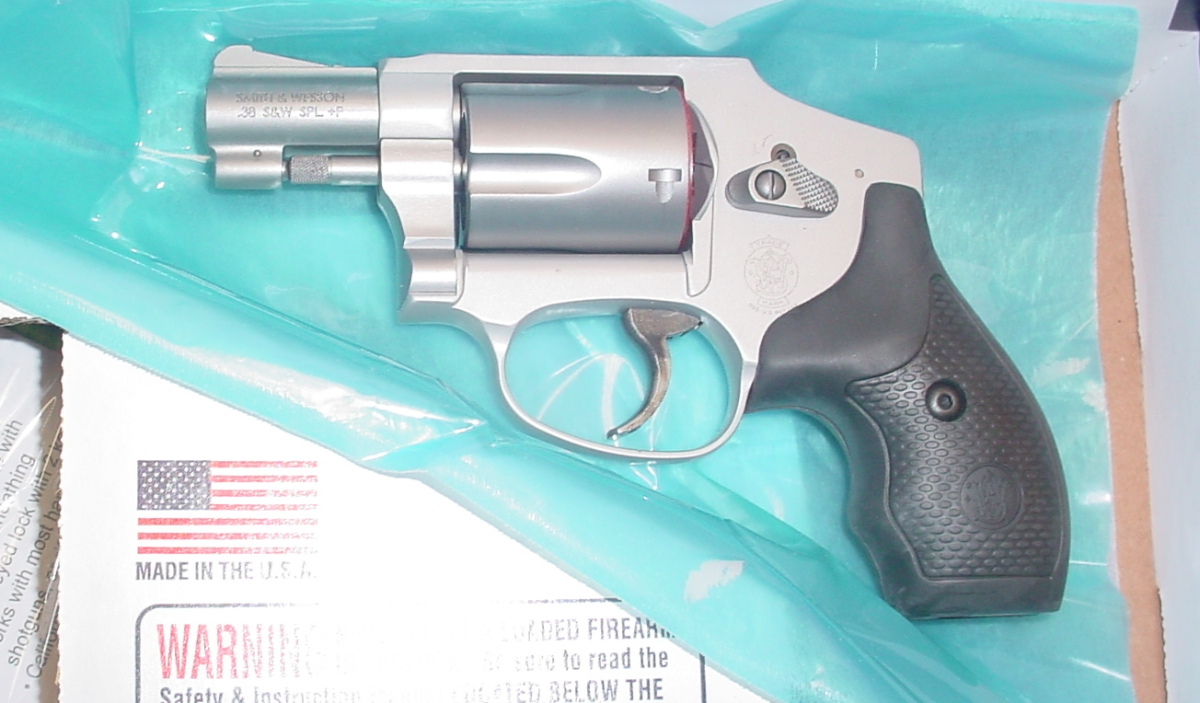
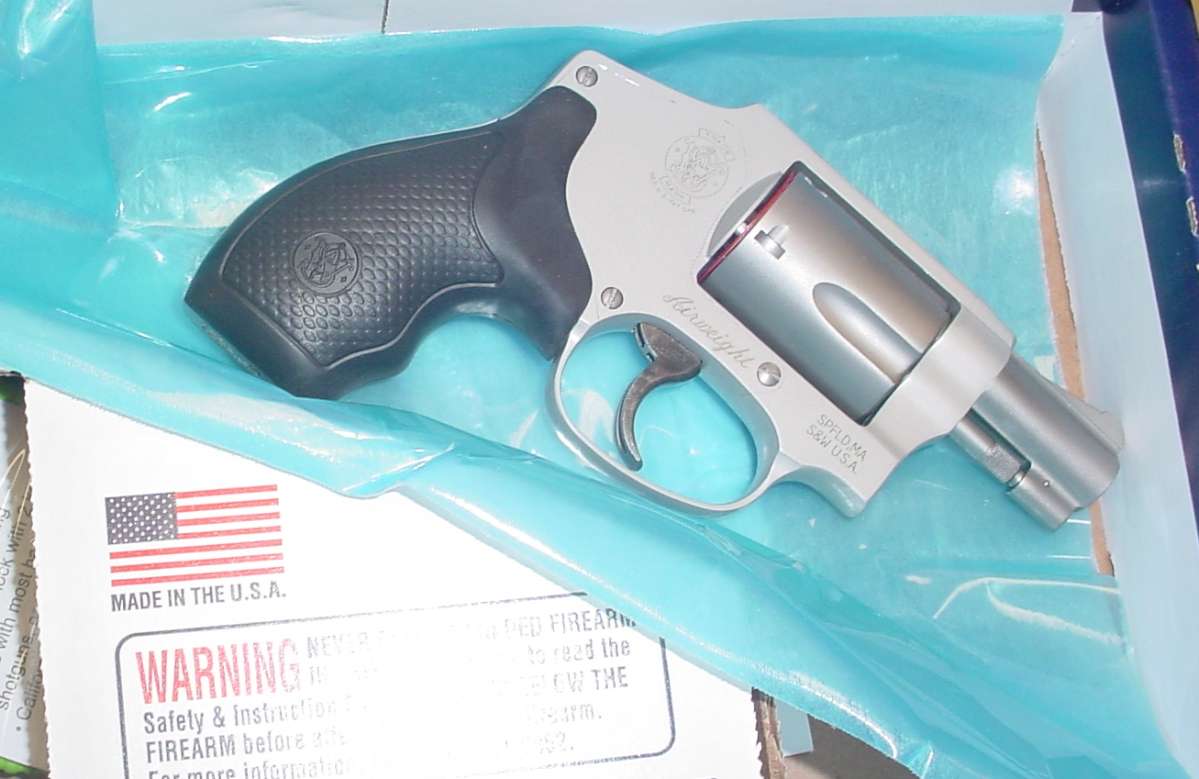
Colt Govt in 38 Super
In a questionable new trend, supermarkets in the South now seem to be selling bullets right out of a dispenser.
It’s no secret that Americans love guns. Not only do nearly half of Americans say they live in a household with guns, but the U.S. beats out every other nation on Earth when it comes to gun density (the 2nd most gun-dense country is Yemen, and it’s not even close). The U.S. is actually the only country that has more guns than people. Given all that, it’s not much of a surprise that, in some states, you can now walk into a grocery store and buy bullets from a vending machine as if you were ordering a candy bar or a soda.
Well, sorta. Not quite. The vending machine company behind this new trend, American Rounds, says it uses artificial intelligence and facial recognition technologies to verify that buyers are of legal age to buy bullets. So it’s a slightly more rigorous process than buying a Twix.
There are shockingly few regulations around ammunition purchases in the U.S., but some of the few that exist are age-based. Federal law says you have to be at least 18 years old to buy ammunition for long guns, like rifles and shotguns, and if you want to buy bullets for handguns, you have to be at least 21. As such, American Rounds has created an identity verification mechanism for its bullet vending machines that can supposedly verify how old the person buying the ammunition is.
“Our smart retail automated ammo dispensers have built-in AI technology, card scanning capability and facial recognition software,” the company’s website states. “Each piece of software works together to verify the person using the machine matches the identification scanned.”
Cleveland.com originally reported on the proliferation of American Rounds’ machines, writing that they were currently available at six locations in Oklahoma and Alabama. On Friday, a local news outlet in Alabama reported that a store in Tuscaloosa had removed one of the machines after “the legality of the machine was questioned” at a city council meeting. The city’s legal department admitted the machines were legal if they met proper zoning requirements. The store has said that it “removed the machine on July 3rd because of a lack of sales,” the outlet reported.
Gizmodo reached out to American Rounds for more information about their business and will update this story if it responds.

